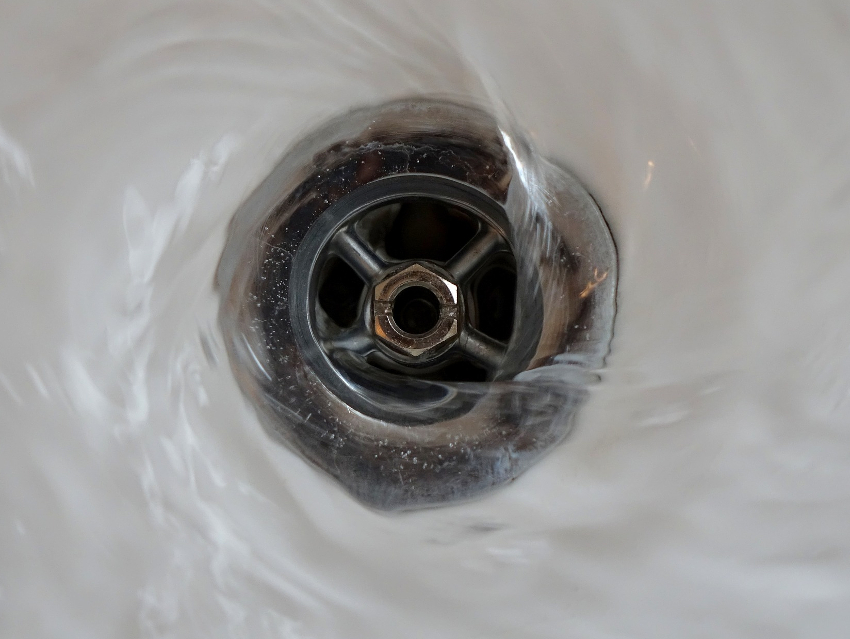Waste Can Be a Personal Matter
For millennia, humanity survived perfectly well going about its day-to-day business without the need for pharmaceuticals and personal care products (PPCPs). But once the industrial revolution started, there was no stopping us in terms of the manufacture of such substances—any of which can become unwanted environmental contaminants.
Abigail W. Porter, Rutgers University, New Brunswick, NJ, USA, and colleagues have studied how two different types of anaerobic microbiomes can transform many such products in the waste stream. This process could lead to the proliferation of new micropollutants, which could retain bioactivity in the environment.
Microbial Consortia
The team has studied to different “consortia” of microbes enriched under methanogenic and sulfate-rich conditions. One is a culture enriched from wastewater treatment and the second from estuarine sediment (from the transition zone between a river and the sea). They found that these bacteria can demethylate the phenylmethyl ether anti-inflammatory drug naproxen to 6-O-desmethylnaproxen. The same consortia can also transform a range of other phenylmethyl ether compounds of plant-based origin or from pharmaceutical or personal care products including oxybenzone (UV absorber), methylparaben (preservative), guaifenesin (expectorant), and naproxe. In the case of the expectorant (cough medicine) guaifenesin, this results in a new microbial metabolite. The team adds that the demethylated metabolites in some cases are not further degraded by the microbes, but simply accumulate in the culture medium.
The team used gene sequencing to reveal that the two microbial communities are very different, although they have a common metabolic system. They have the potential to convert contaminants into other substances that may have an effect on ecosystems rather than being broken down entirely.
The researchers state that as far as they are aware, their work is the first report, e.g., of the metabolism of the common preservative methylparaben under methanogenic conditions. “The wide range of phenylmethyl ether substrates that underwent O-demethylation in both methanogenic and sulfate-rich conditions suggests that there are potentially bioactive transformation products in the environment that have not yet been quantified,” the team explains.
Chemical Transformations of Concern
The team also discusses the potential transformation of other compounds of concern, such as the sunscreen ingredient oxybenzone. Through demethylation, this is converted to the compound BP-1, a common plasticizer and estrogen mimic. There could be a whole range of such compounds in the environment being unwittingly processed by anaerobic microbes that are simply using them as a carbon source, into other problematic compounds in waterways, sediments, and elsewhere.
The researchers’ approach side-steps the issue of having to study every possible microbial action on individual pharmaceuticals. They show instead how the multitude of pharmaceutical and personal care product compounds containing phenylmethyl ether groups can be studied through a systematic approach to predicting microbial transformation.
Microbial Strategy
“We propose that O-demethylation is an important strategy for PPCP transformation by microbes in both wastewater treatment and anoxic sediment. These findings are noteworthy because the potential bioactivity of the demethylated byproducts toward non-target organisms or to ecosystems, in general, remains unknown,” they add. “Our next step is to look for these demethylated metabolites in the environment, particularly in sediments that would be impacted by treated wastewater effluent,” Abigail Porter told ChemViews Magazine.
- Pharmaceuticals and Personal Care Products can be Transformed by Anaerobic Microbiomes in the Environment and in Waste Treatment Processes,
Sarah J. Wolfson, Abigail W. Porter, Thomas S. Villani, James E. Simon, Lily Y. Young,
Environ. Toxicol. Chem. 2019.
https://doi.org/10.1002/etc.4406



